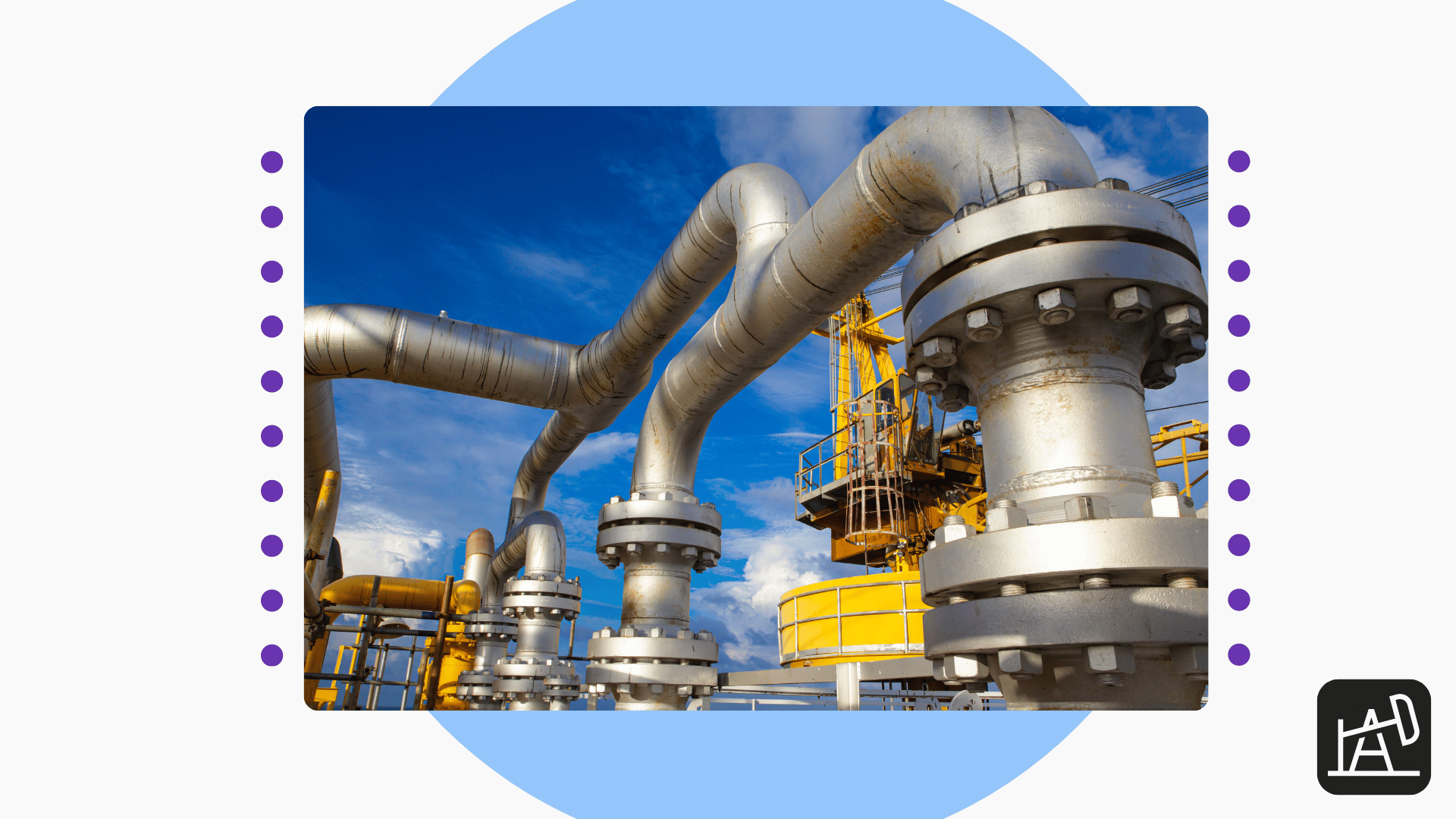Oil and gas operational safety measures are essential to the wellbeing of your workers and the longevity of your equipment. A preventative approach means you can spend your time improving work conditions instead of constantly responding to near misses and incidents.
But for your EHS program to be effective there are some considerations you need to make regarding documentation, contingency planning, and other areas of performance.
What is operational safety?
Operational safety is a discipline focused on the performance of equipment and systems within a facility. This includes activities like:
- Performing preventative maintenance
- Managing changes to facilities, processes, and equipment
- Updating control documents when changes take place
- Planning for emergency situations
- Anticipating and reacting to operational system failures
The purpose of oil and gas operational safety is to control and eliminate safety hazards related to the operation itself. By maintaining a safe work environment, you can allow for safer behaviors and further reduce the likelihood of incidents and injuries.
Oil and gas operations are full of process equipment, including the rigs themselves. Workers use heavy machinery to complete tasks and the entire operation is held together by millions and millions of components that need regular maintenance.
Just some of the operational equipment to manage includes:
- Communication systems
- Pumps
- Gauges, compasses, and meters
- Drilling pipes
- Fire safety equipment (extinguishers, hoses, etc.)
- Compressors and separators
- Valves
- Ladders
- HVAC systems
- Emergency access and egress equipment
If you don’t take care of all this equipment, everyone’s at risk. Typically, the EHS and maintenance teams are responsible for ensuring the proper upkeep of equipment, so that it’s as functional and safe as possible.
Process safety management (PSM)
Many oil and gas operations fall under OSHA’s process safety management (PSM) standard. If yours does, then it’s important to consider operational safety measures that align with the compliance requirements.
For example, one of the elements of PSM is conducting pre-startup safety reviews. It states:
“The employer shall perform a pre-startup safety review for new facilities and for modified facilities when the modification is significant enough to require a change in the process safety information.”
If you make changes to your rig or equipment, you need to double check whether it affects PSM compliance. Having a management of change process in place (another PSM requirement) should help you effectively manage any issues that come up.
Documentation of safety measures
Another area that many companies struggle with is documentation. Poor records management makes it difficult or impossible to assess the effectiveness of your safety measures over time. If you don’t record what you did, why you did it, and the outcome, then how will you be able to make improvements in the future?
You need to have a documentation system in place to keep full visibility. Whether that’s a spreadsheet, shared file location, or action tracking software, what’s important is that the system is user-friendly and easy to maintain.
Operational emergencies
Operational equipment failures in oil and gas can have catastrophic consequences. Pipeline ruptures, blowouts, explosions—in these emergency situations you need to act quickly to prevent severe injuries and deaths. That’s why it’s critical to have emergency protocols in place for different scenarios.
Also, don’t forget to include the emergency equipment in your facility maintenance schedule. You want to make sure rafts, flares, hoses, extinguishers, life vests, etc., are always ready for use. Preventative maintenance of all operational equipment ensures that your team can handle any situations they face.
Accountability for facility conditions
Because operational safety covers such a wide range of facilities, equipment, and processes in oil and gas, accountability is key. All workers, as part of their initial training, should learn the role they play in identifying and controlling hazards. But you need to go further than that.
Carefully tracking who’s in charge of safety-related activities, control measures, action items, etc., is critical to your success. It’s also necessary if you want to deep dive into any issues that occur (e.g., operational system failures, shutdowns, safety incidents). Greater accountability means you’ll have more data to work with when you’re solving problems or brainstorming new opportunities.



